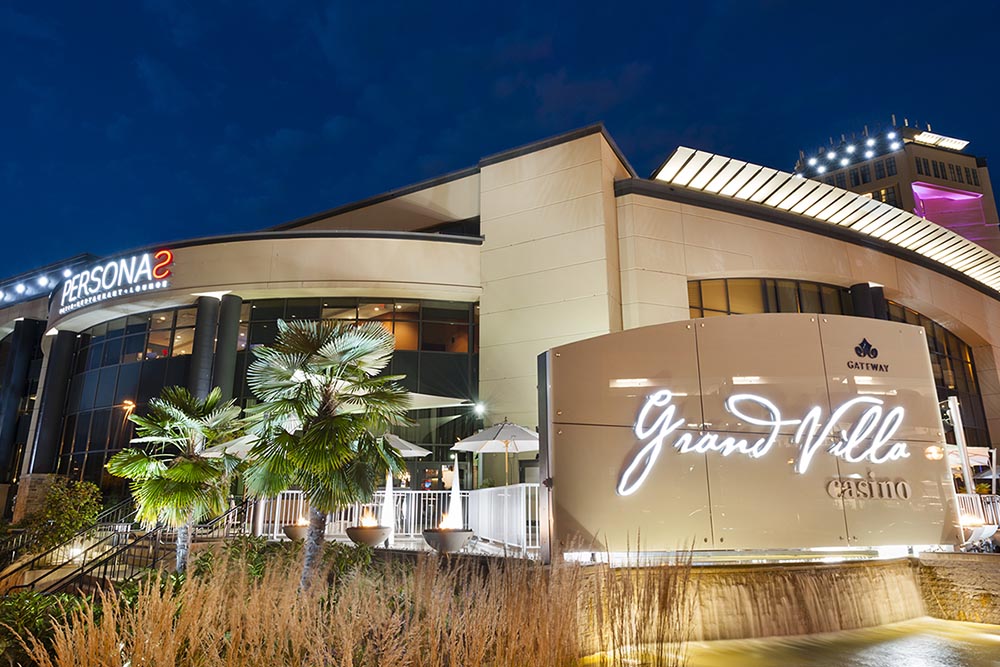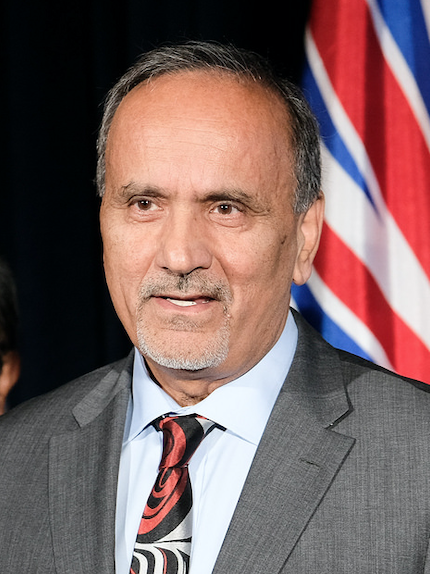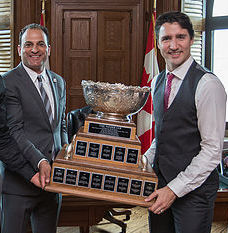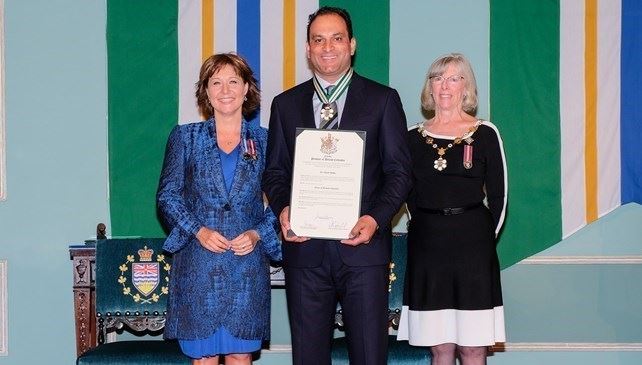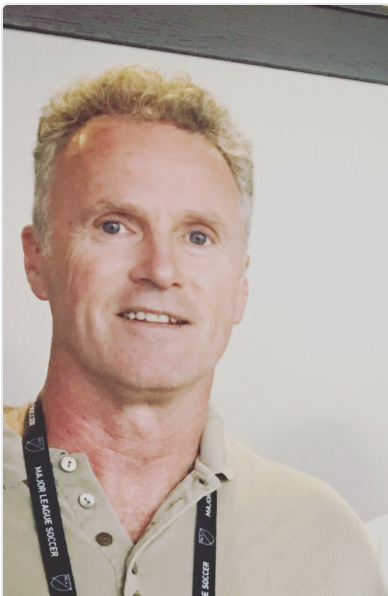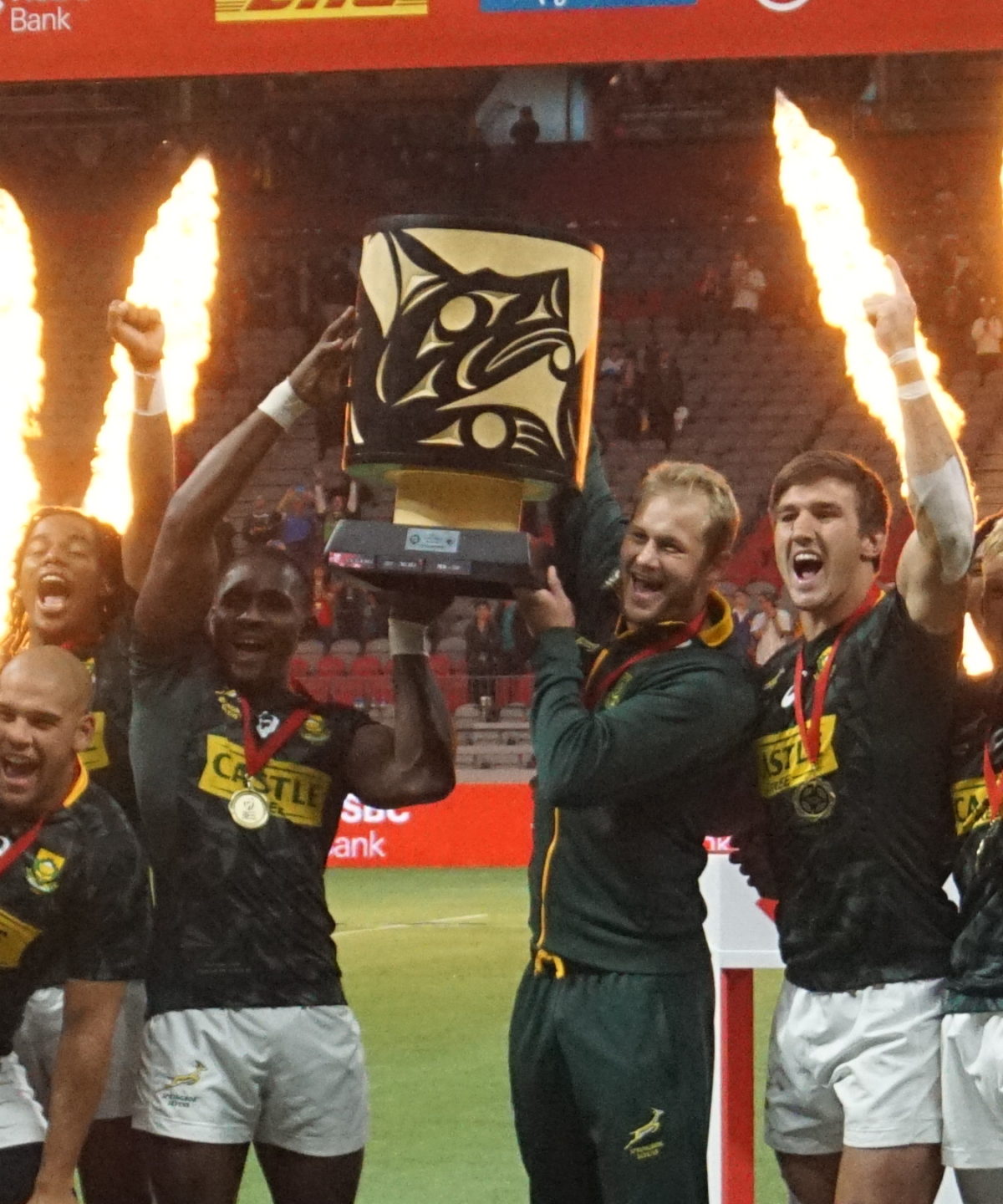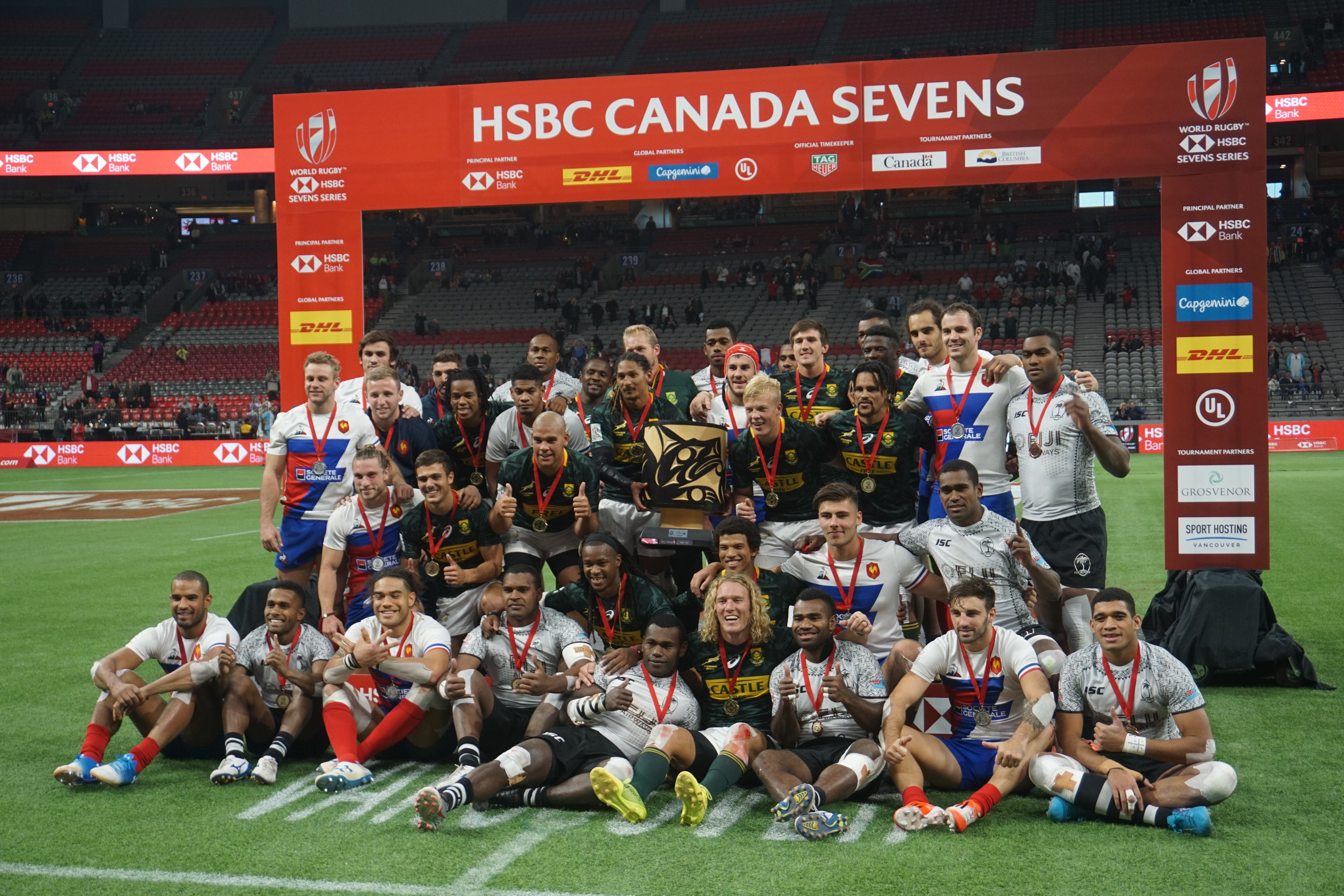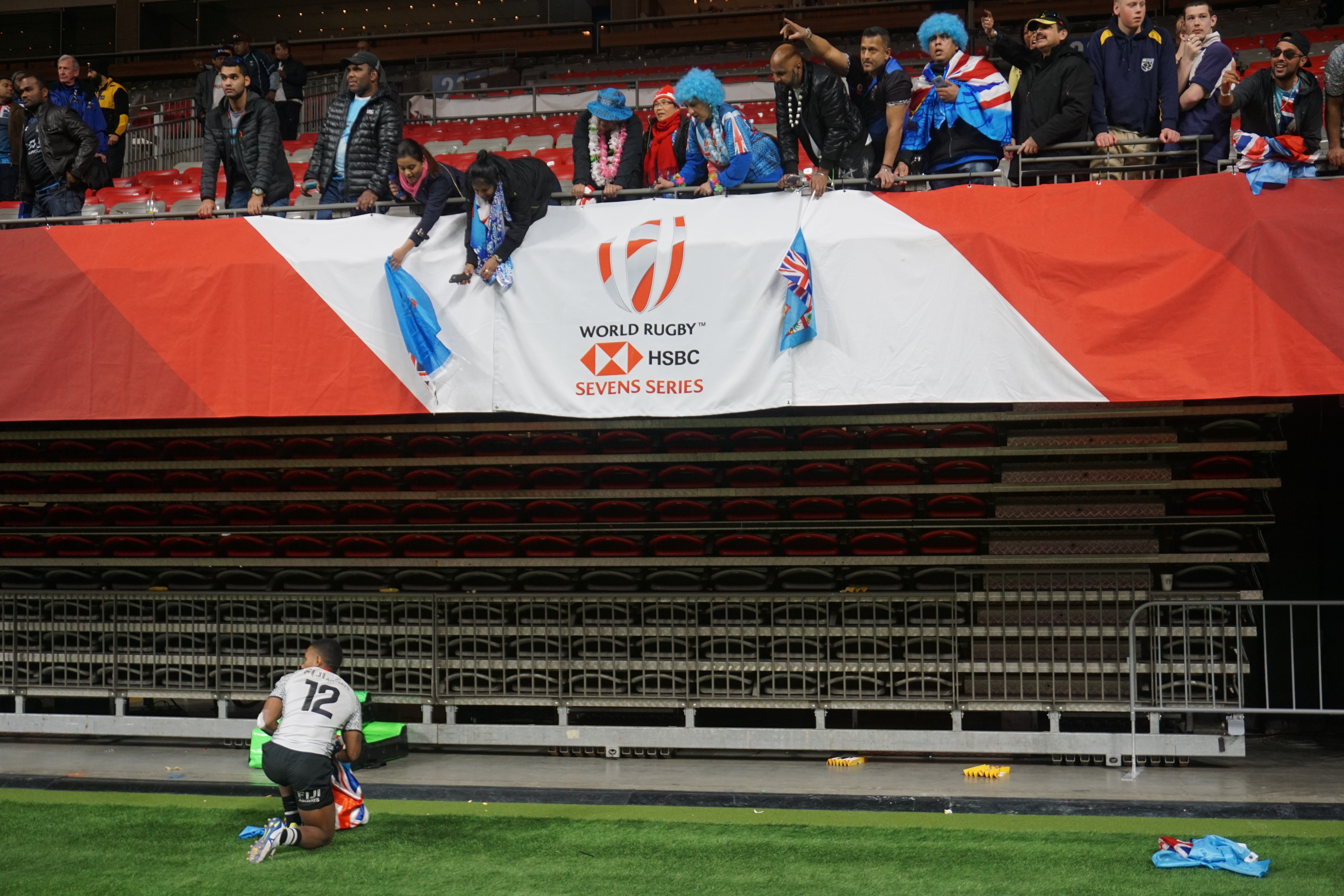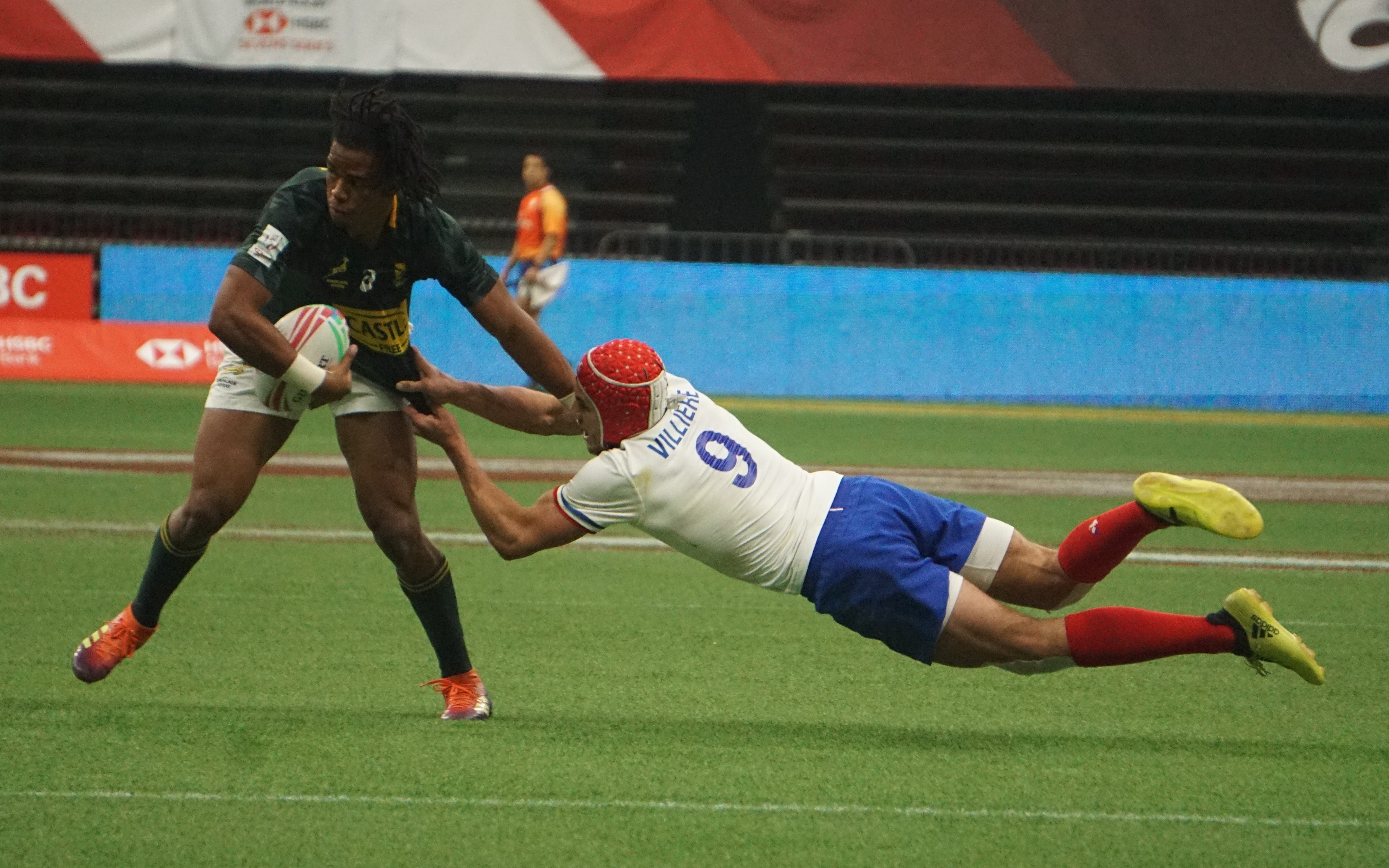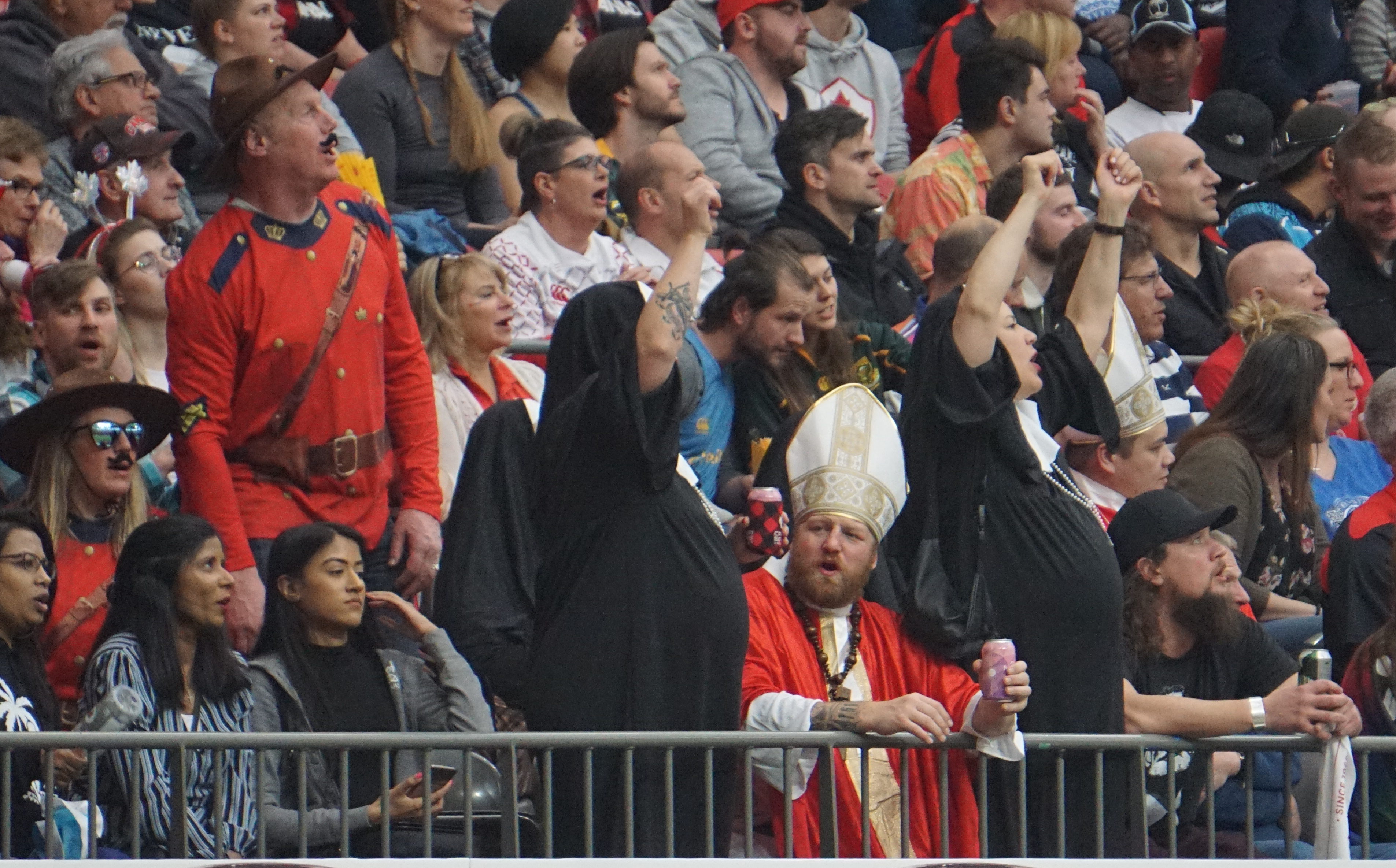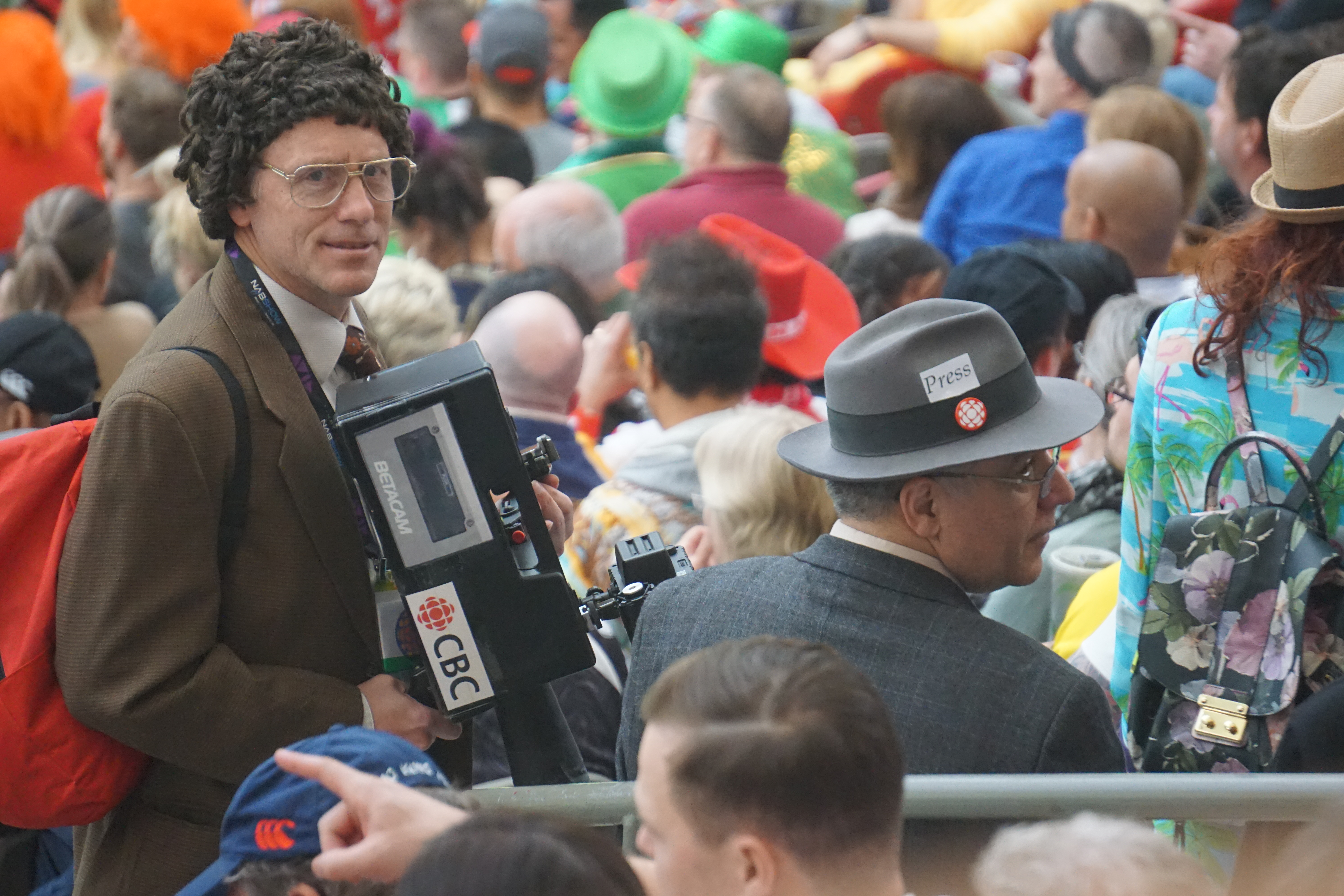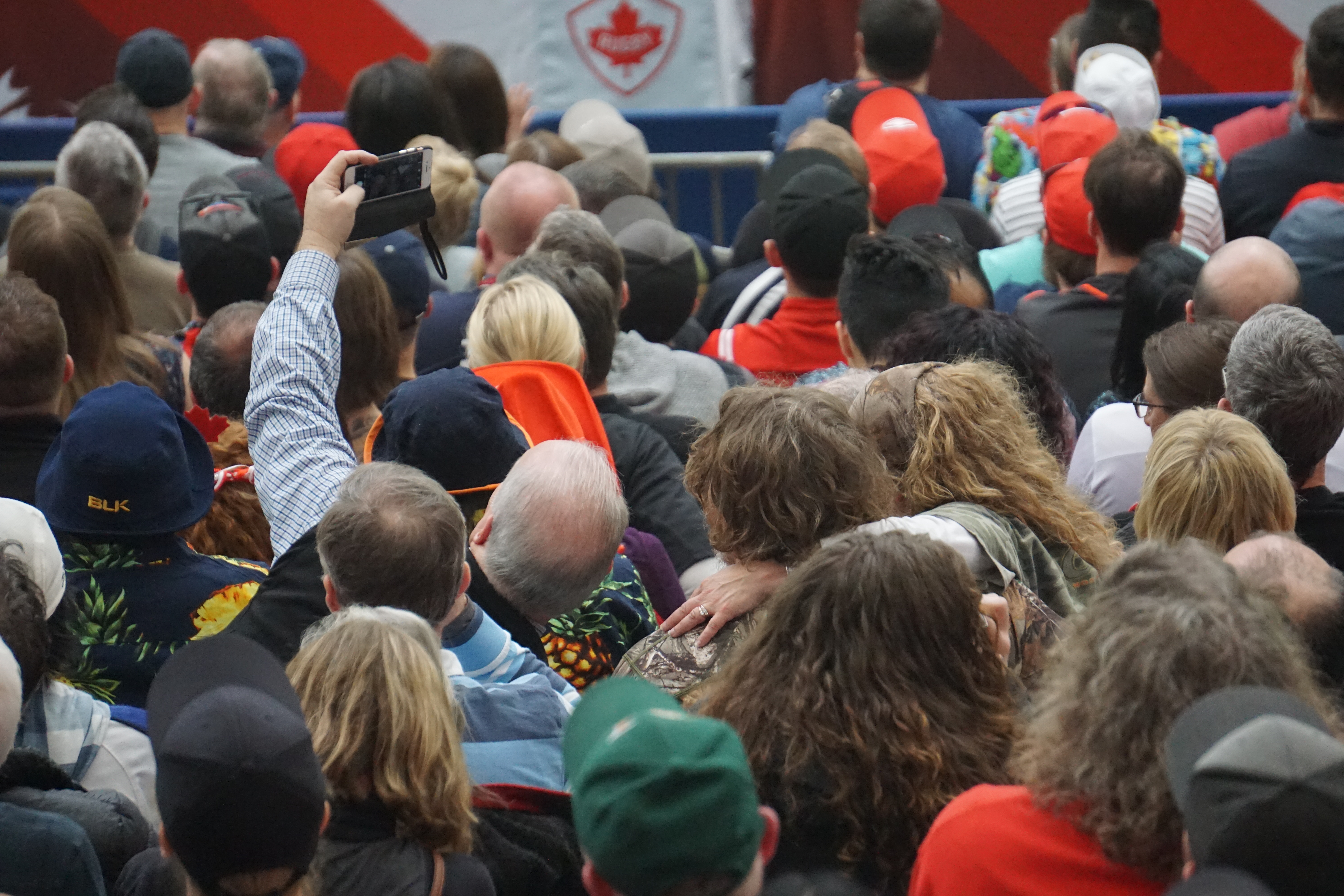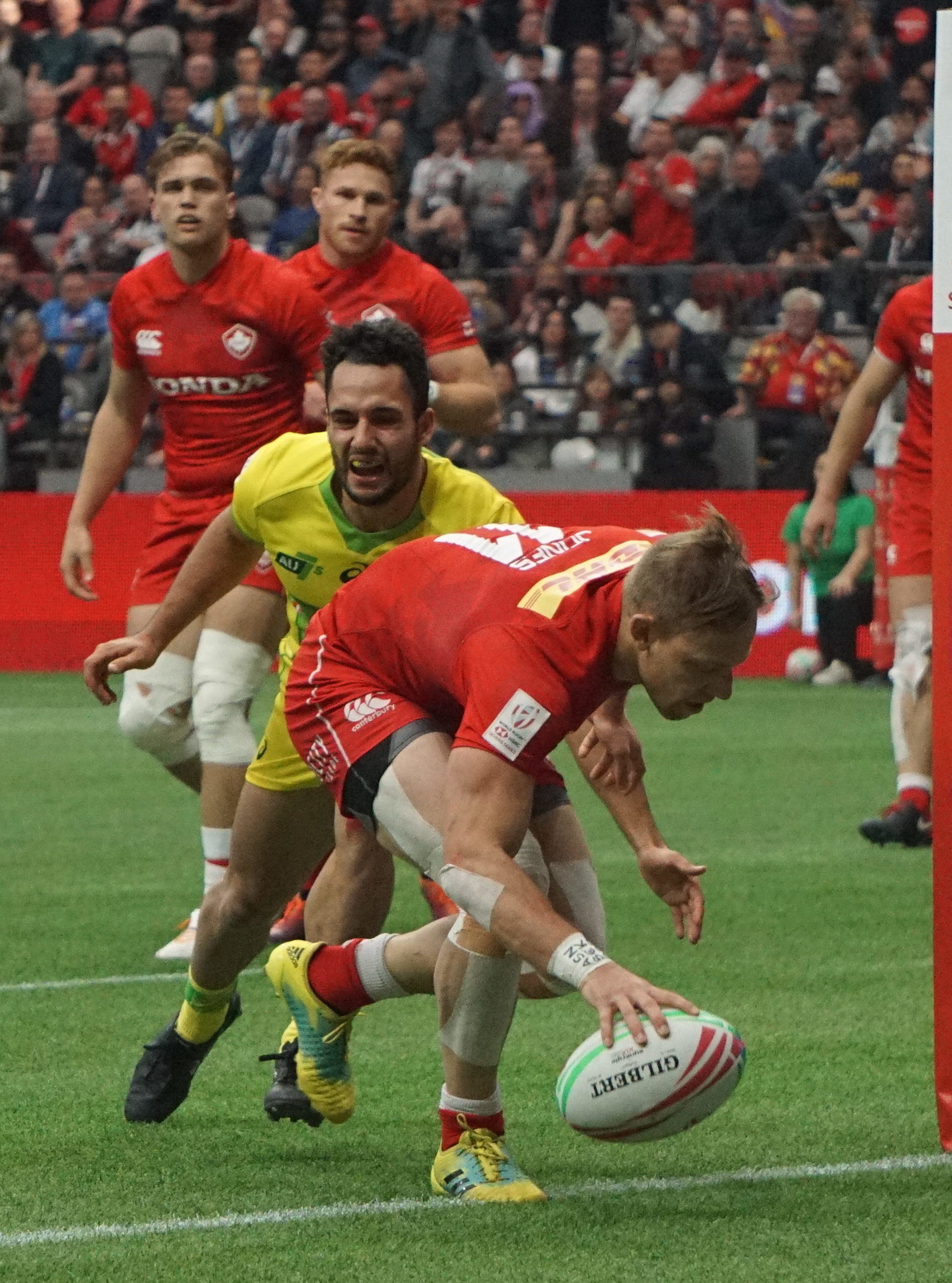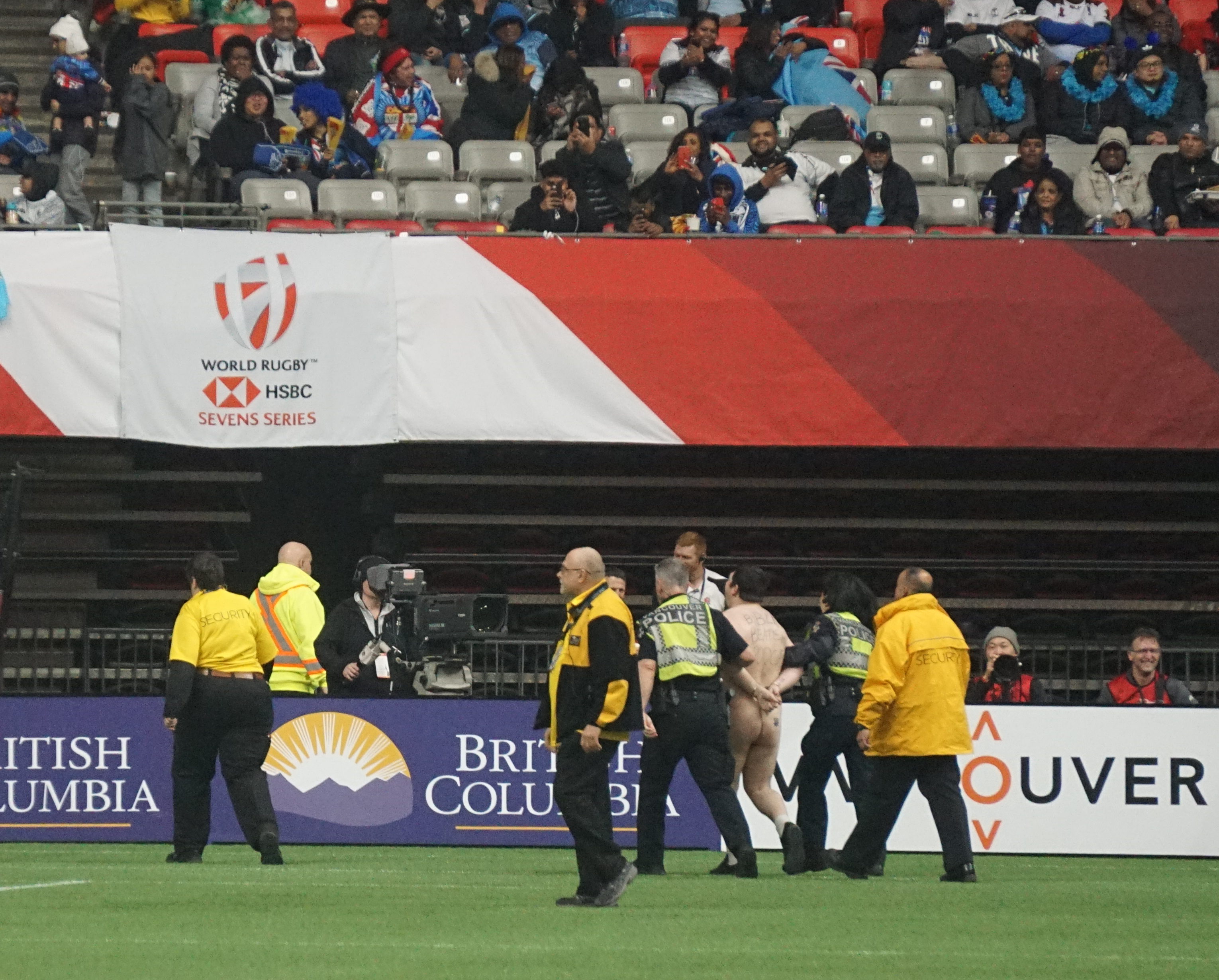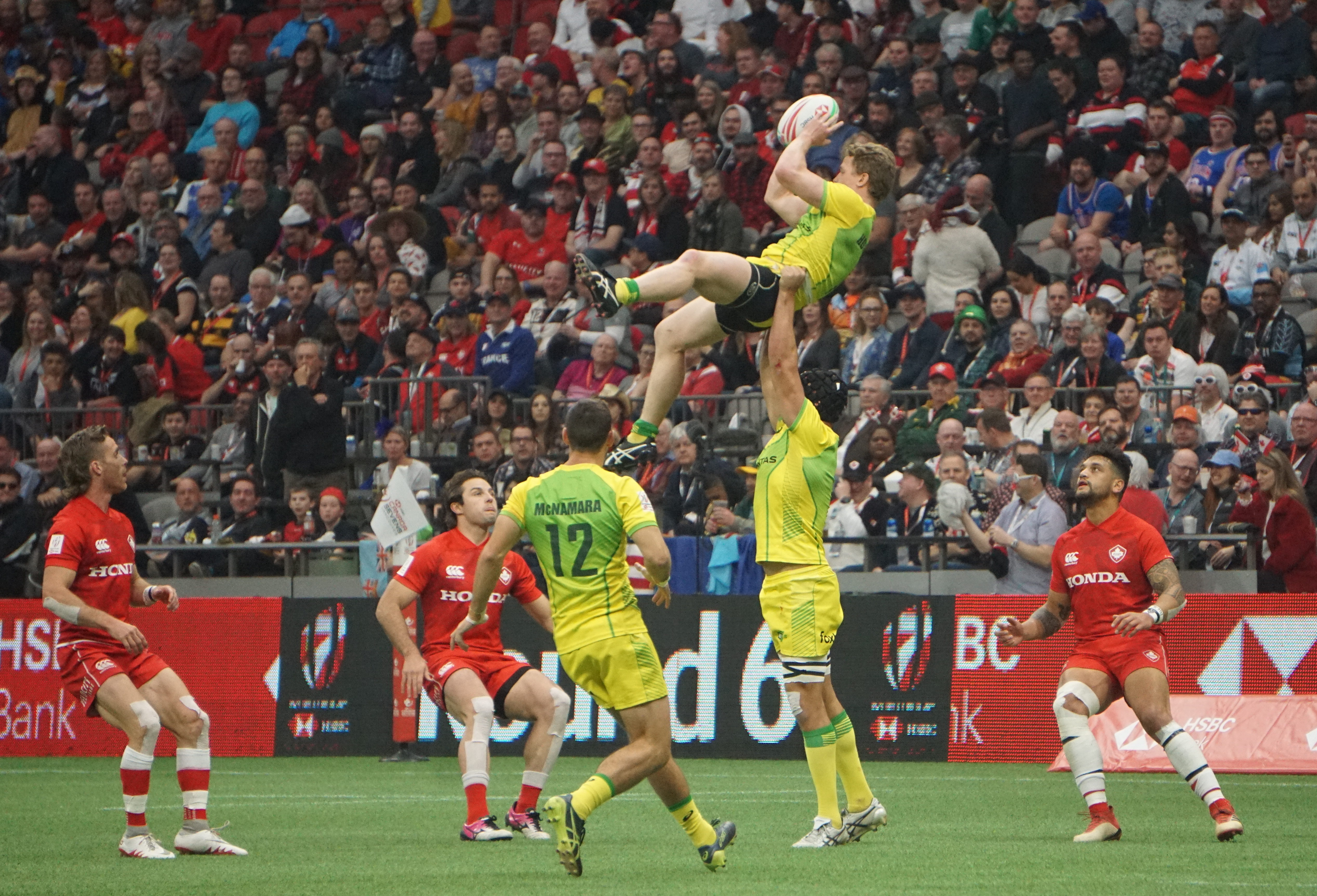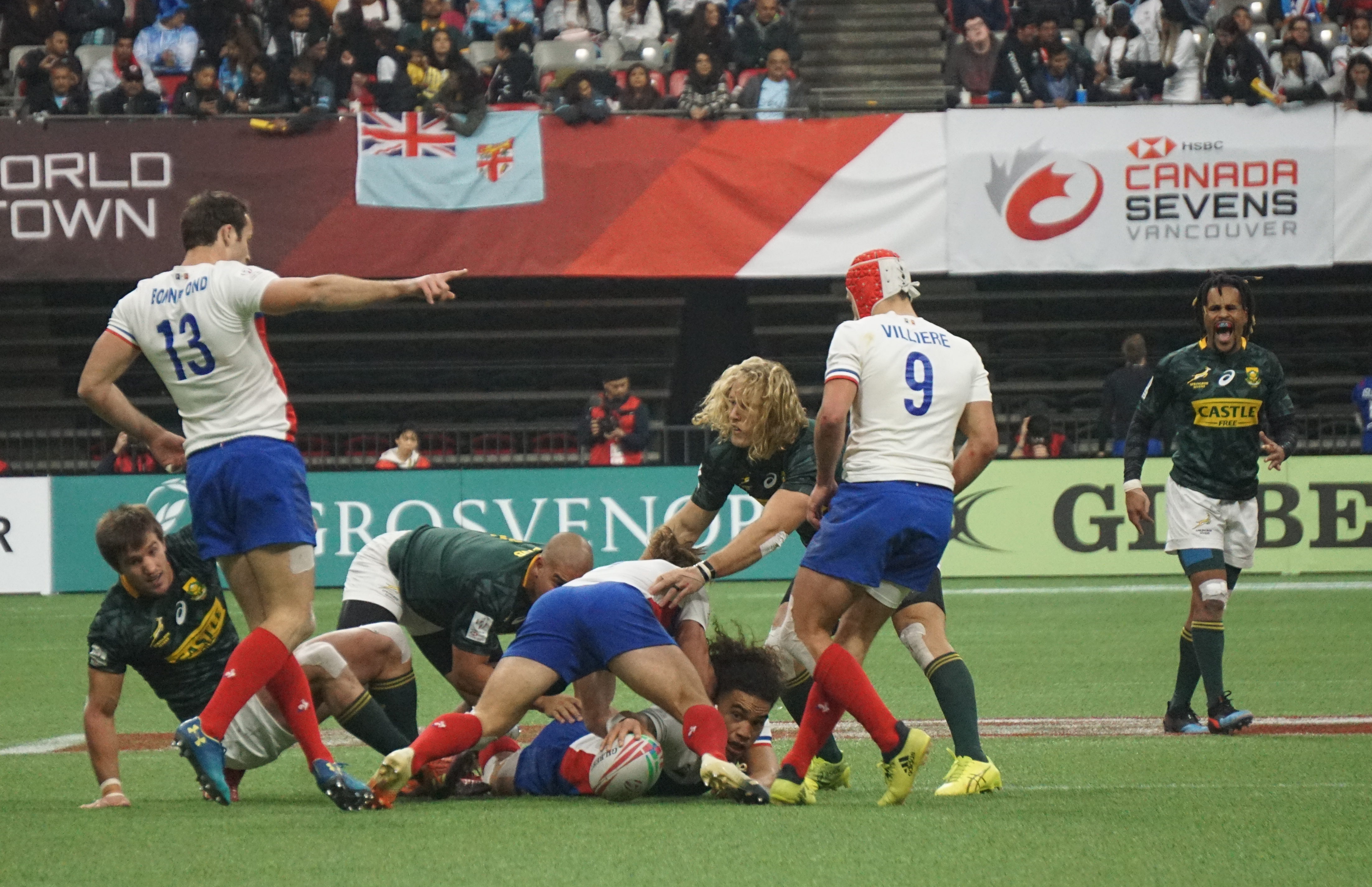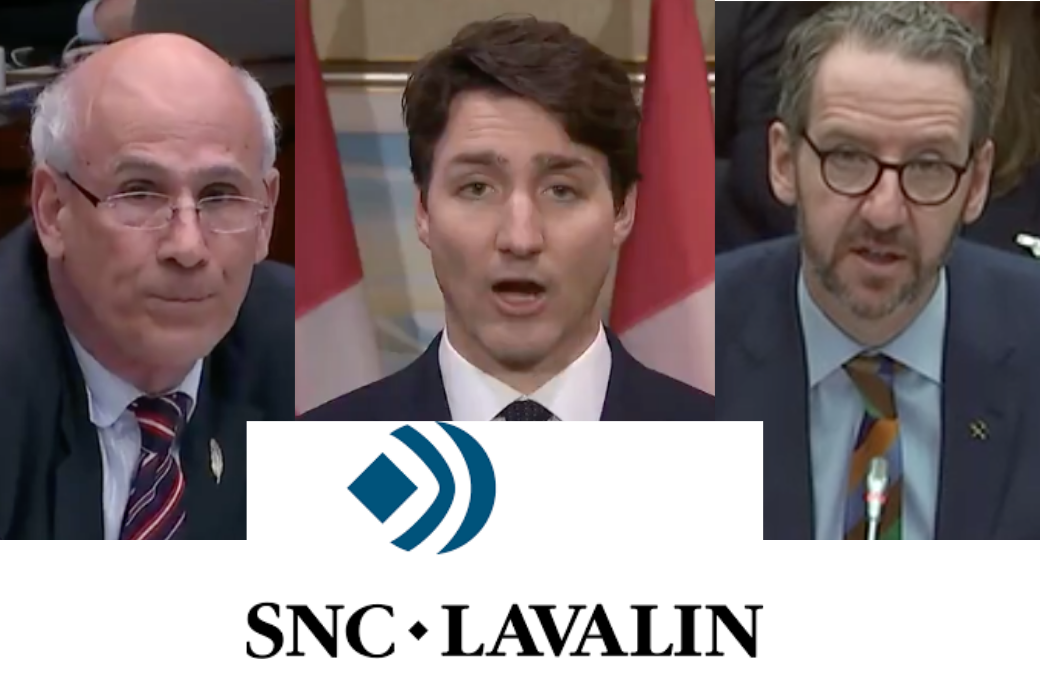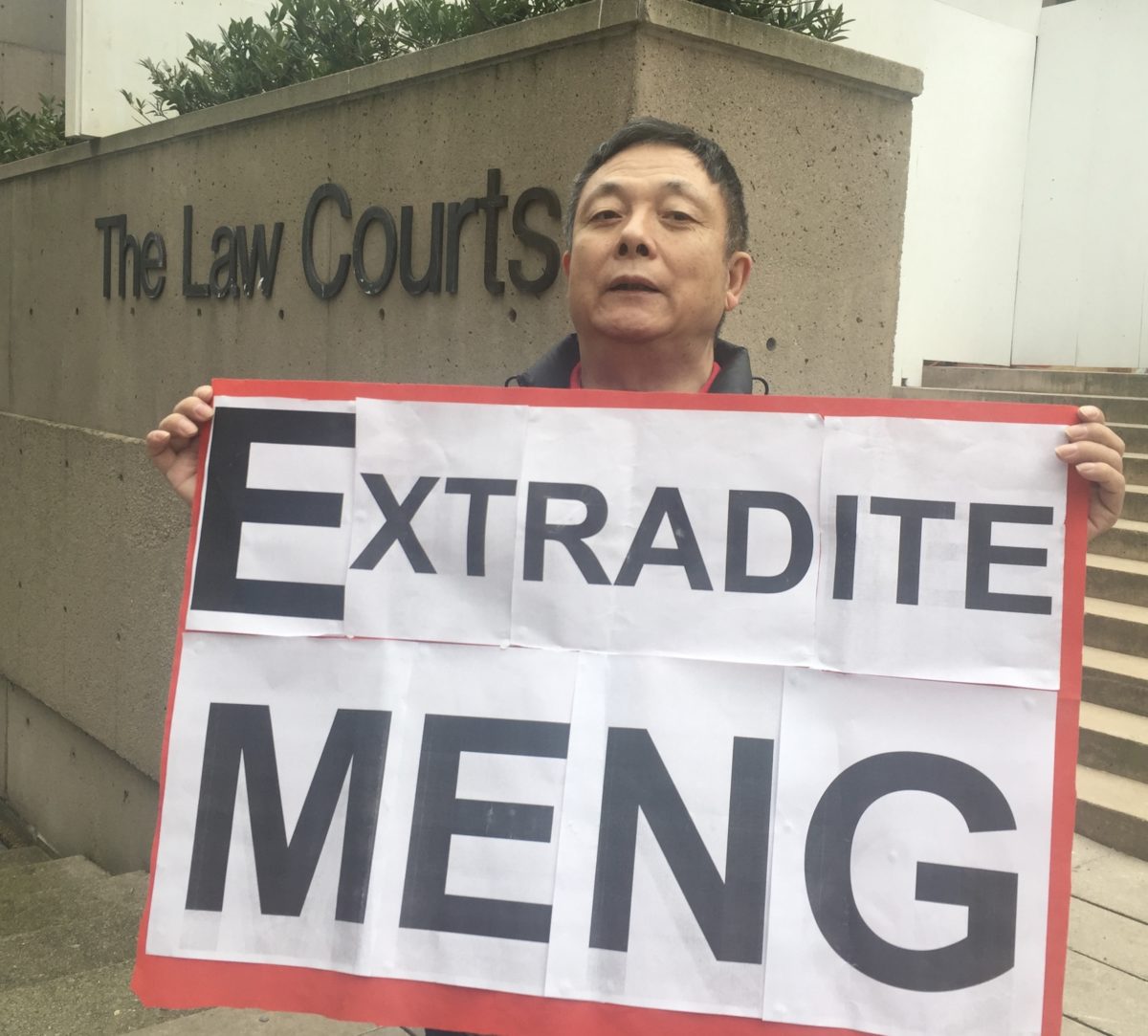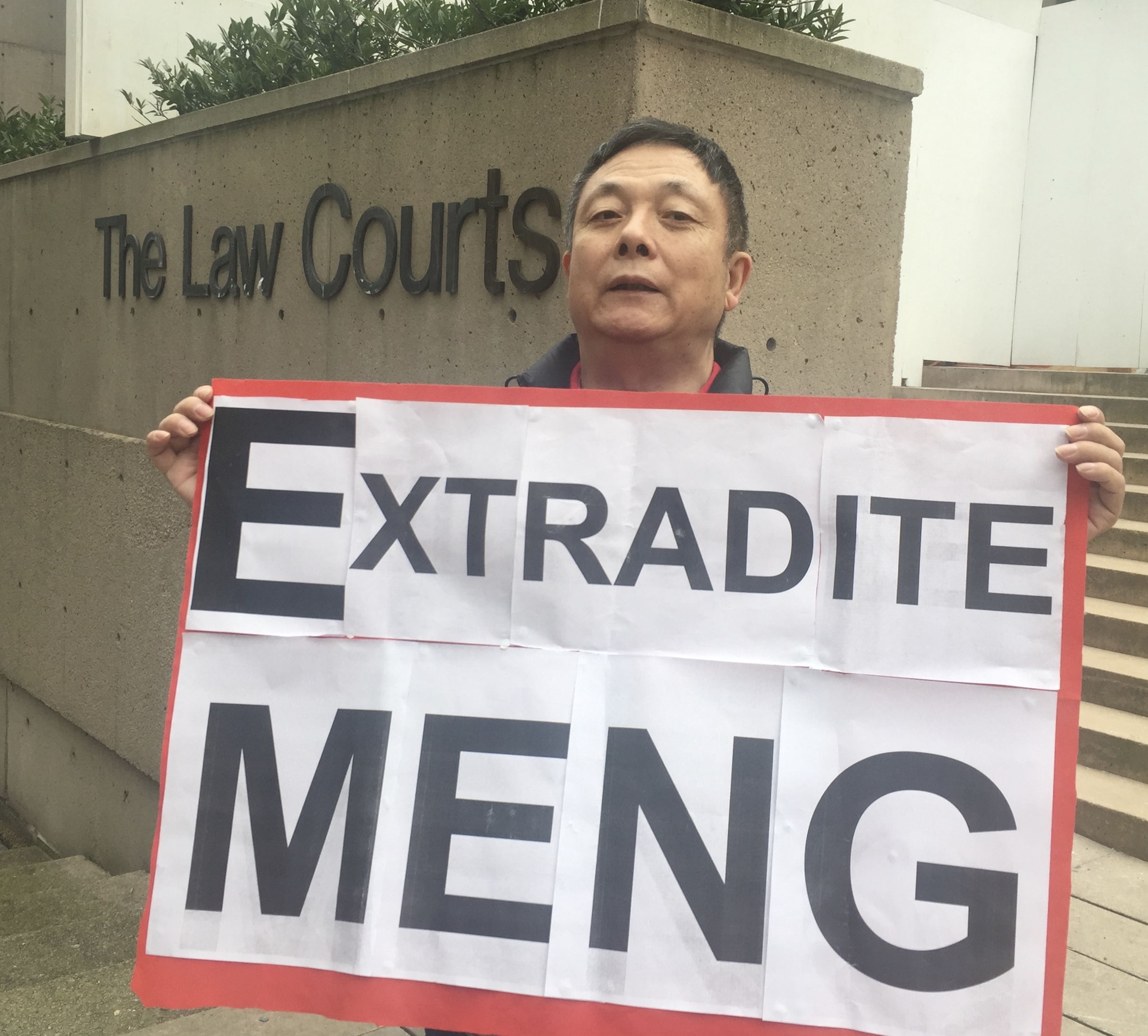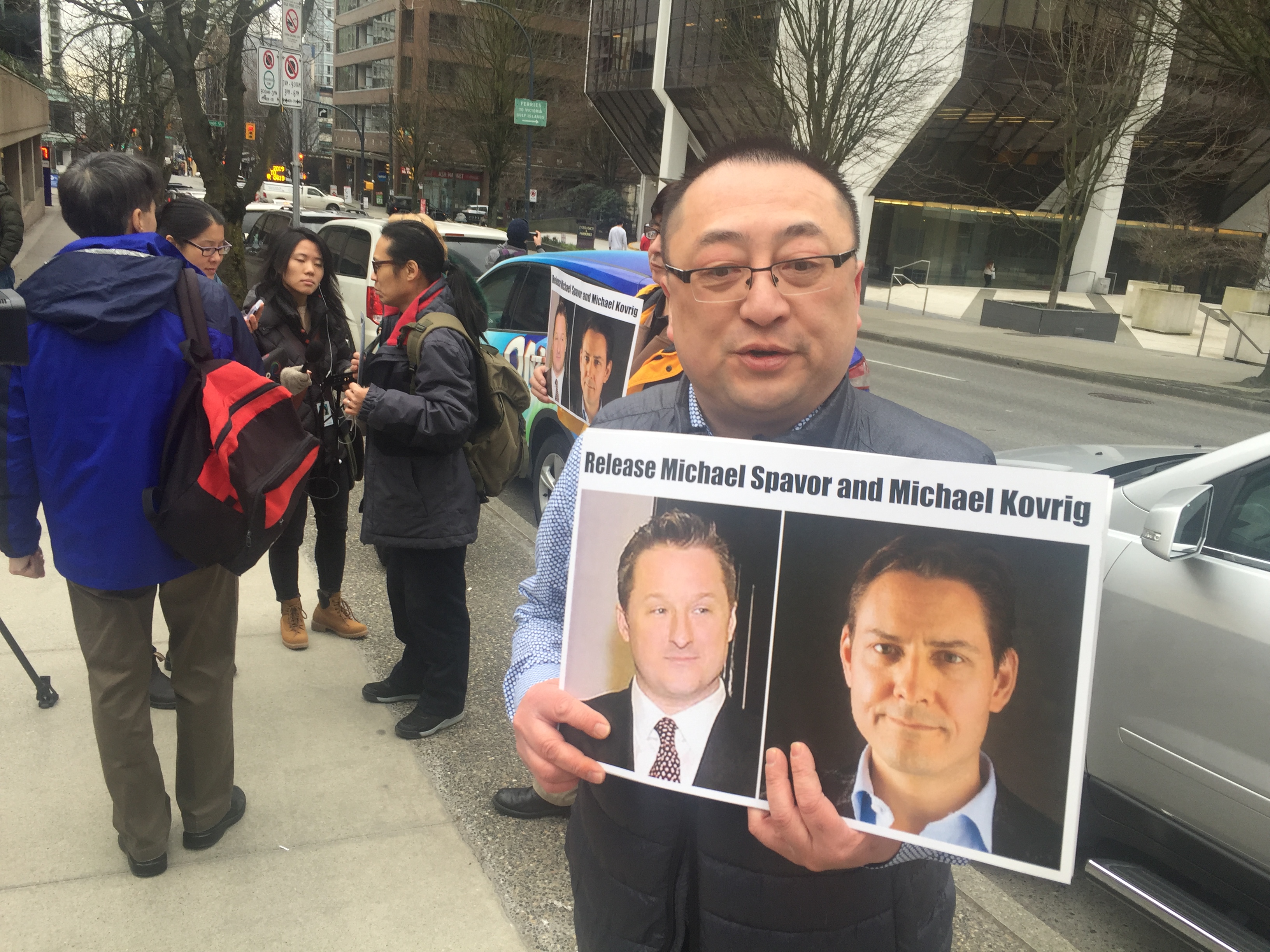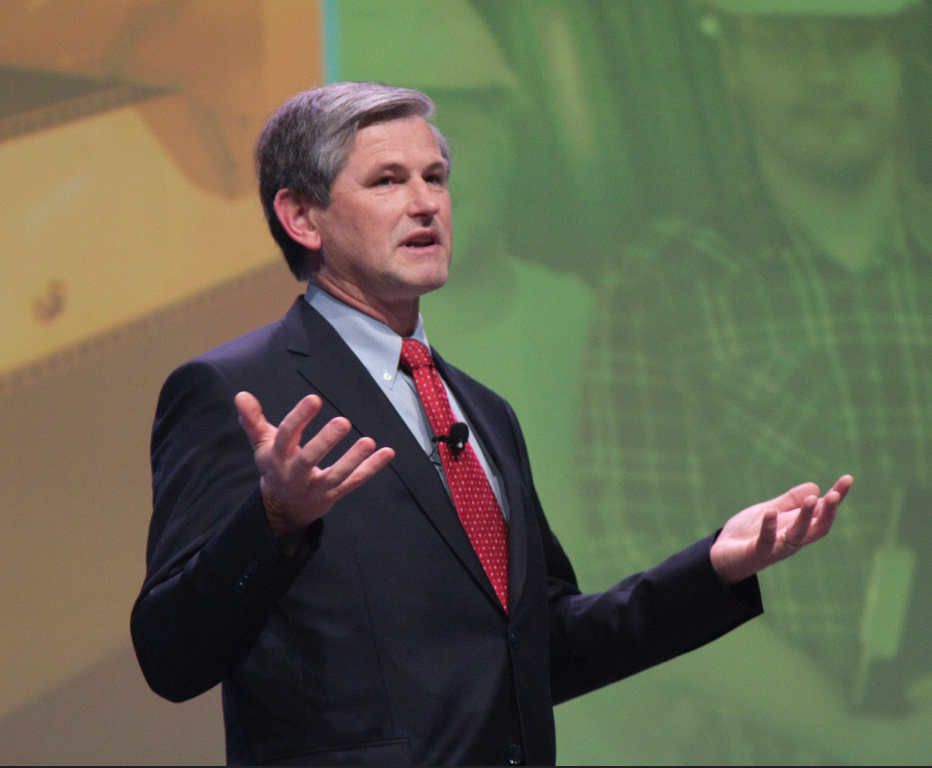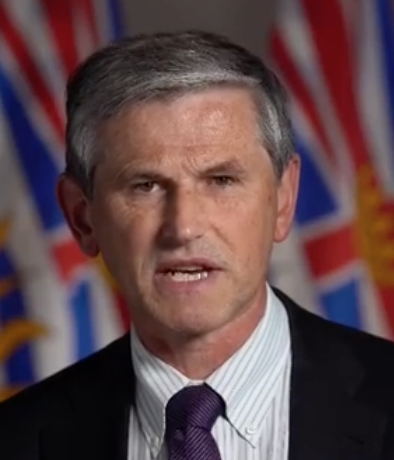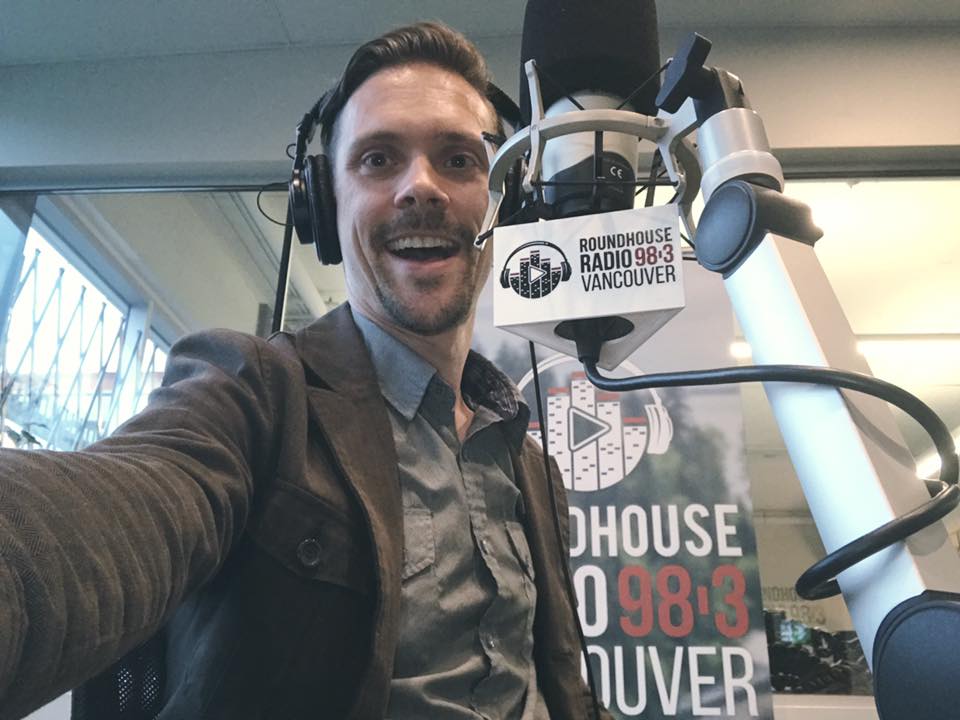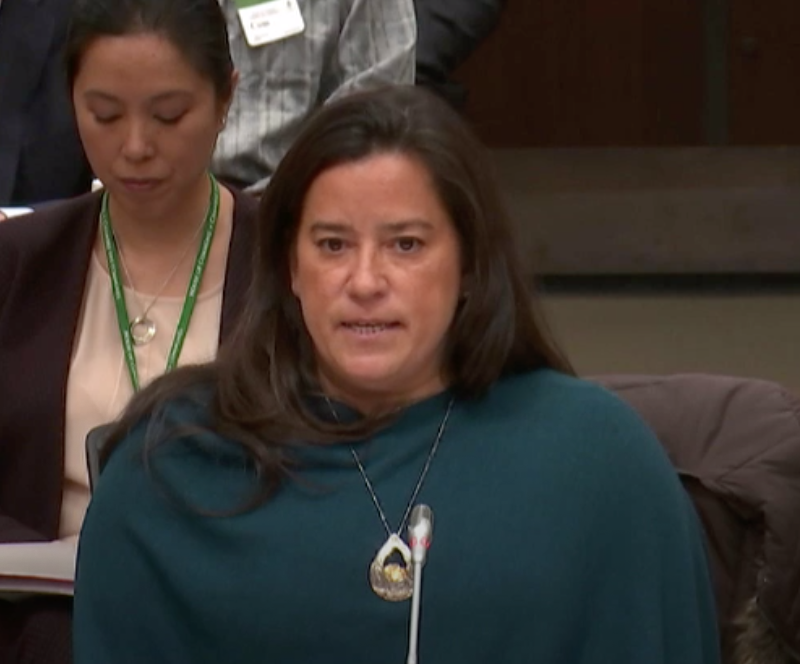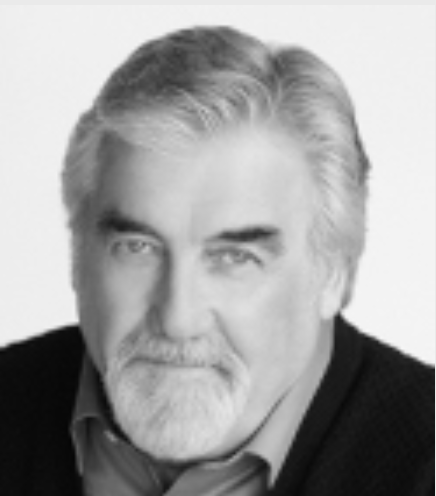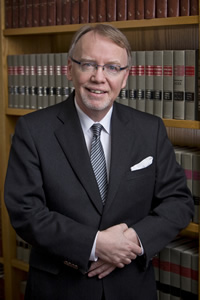No ID required in 2012, when U.S. says David Sidoo paid someone to write son Dylan’s provincial exam
Bob Mackin
British Columbia’s Ministry of Education admits it did not require students to show identification at the time when United States authorities allege David Sidoo paid for someone to write a provincial exam to help his oldest son graduate from the elite St. George’s private school for boys.
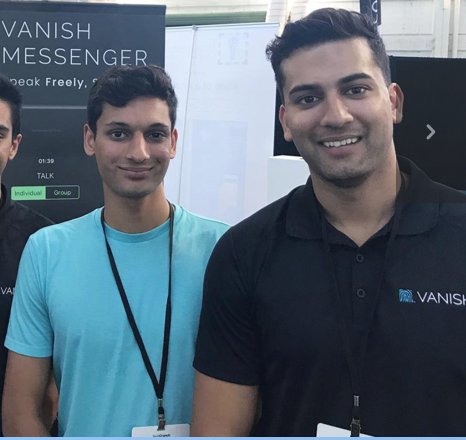
Jordan (left) and Dylan Sidoo (Disappears.com Inc.)
David Sidoo is scheduled to appear in federal court in Boston on March 15 to face conspiracy to commit mail and wire fraud charges related to Operation Varsity Blues. Sidoo is accused of paying $200,000 to have someone else write the college entrance examinations for his sons, Dylan and Jordan. Sidoo was arrested in San Jose, Calif. on March 8, held in jail over the weekend and released on a $1 million bond so that he can appear in Boston. He is expected to plead not guilty. If convicted, the Vancouver businessman and philanthropist could face up to 20 years in jail and forfeit any proceeds derived from the offence.
“In 2012, there were no Ministry directives in place regarding ID being required for provincial assessments,” said the prepared statement from the Ministry of Education. “This changed in 2014, and the standard protocol and expectation today is that students are responsible to provide photo ID, and that a school’s administration is responsible to ensure that the ID is valid for that student. Any student who cannot identify themselves in a satisfactory way would be refused entry into an exam room.”
The Ministry of Education said it will not comment on the Sidoo case, because it is before the courts. St. George’s received $3.35 million in public funding during the 2017-2018 school year.
The names of Sidoo’s sons, Jordan and Dylan, are not visible in the U.S. indictment that was unsealed March 12. Only David Sidoo is charged and none of the allegations has been tested in court.
In fall 2011, the indictment alleges, a person hired by David Sidoo wrote the SAT exam for his older son, Dylan. Sidoo eventually paid the person $100,000 and, in late January 2012, Dylan Sidoo was admitted to Chapman University in Orange County, Calif.
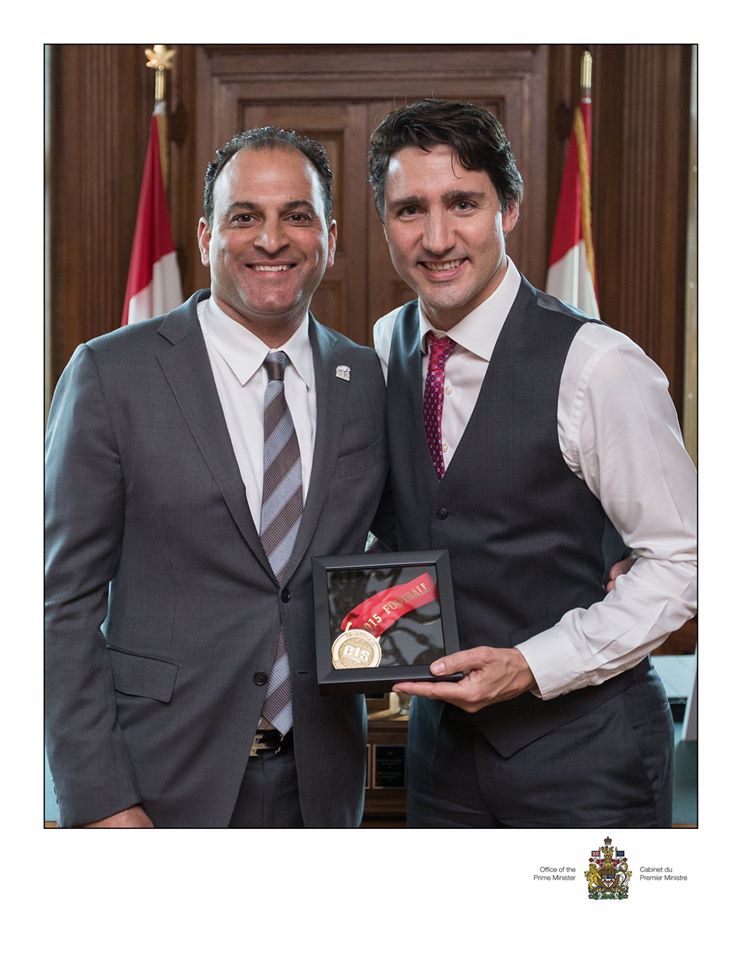
David Sidoo (left) and Justin Trudeau in 2016 (PMO)
In June 2012, a person is accused of flying from Tampa, Fla. to Vancouver to secretly take the high school graduation exam in place of Dylan Sidoo.
St. George’s issued a statement March 13, that said a review of 2012 records indicates there were no school or provincial exams written at St. George’s “by the student in question on or around the date named in the indictment.”
Dylan Sidoo’s bio on the Meridius Resources website, where it says he is the CEO, said he graduated from the University of Southern California’s school of cinematic arts in December 2016.
Sidoo’s younger son, Jordan, used his exam results to gain admission to the University of California Berkeley, where he coxed the national championship men’s varsity rowing team and majored in history. Earlier this week, his LinkedIn profile said he worked as a data analyst for the San Francisco 49ers until February when he joined the Vancouver Whitecaps front office in a similar position. However, that LinkedIn profile was changed and his Whitecaps position has disappeared.
Whitecaps president Bob Lenarduzzi and communications director Tom Plasteras have not responded to theBreaker.news requests for comment.
The Sidoo brothers are two of the three founders of Disappears.com Inc., which markets the Vanish encrypted messaging app.
Support theBreaker.news for as low as $2 a month on Patreon. Find out how. Click here.
Bob Mackin British Columbia’s Ministry of Education admits







